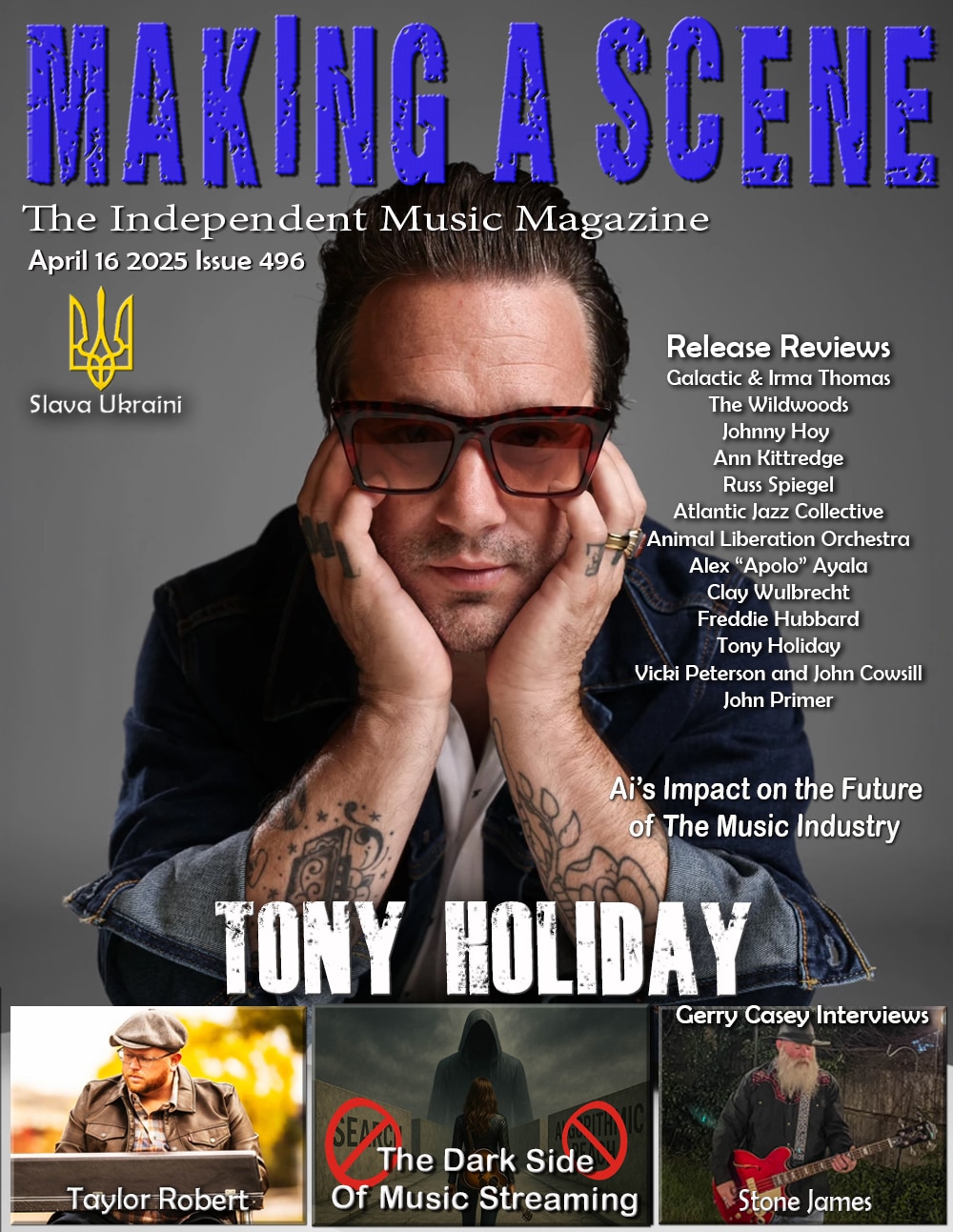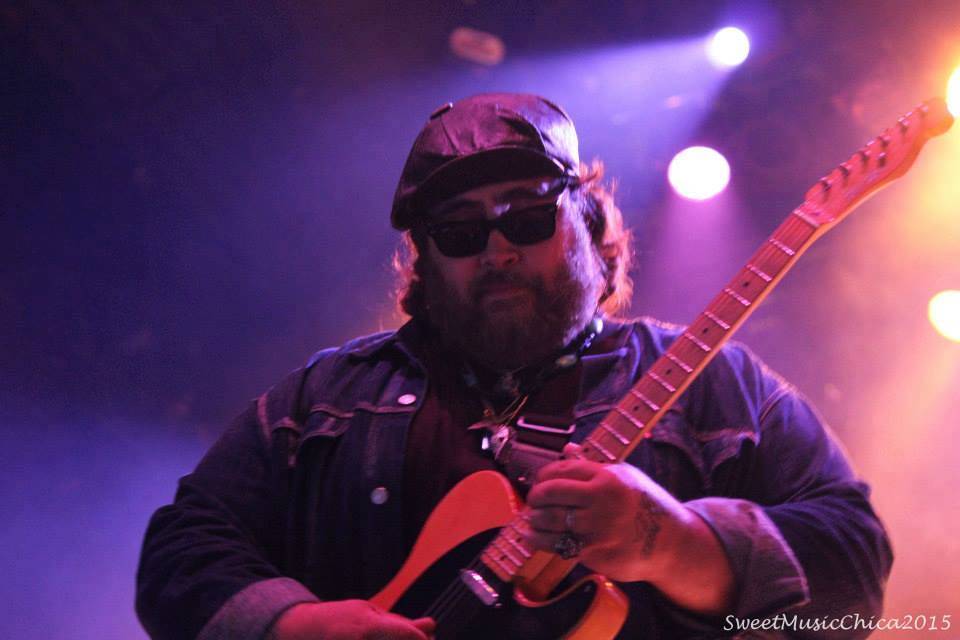An In Depth Interview with Nick Moss
A star high school athlete sidelined by a serious kidney ailment, Nick Moss picked up the electric bass at the urging of his brother Joe, a budding blues guitarist, simply to pass the time. When he rose from his sickbed to sneak out and hear Little Charlie and the Nightcats, his course was set: The allure of performing was irresistible, and Nick resolved that night to become a musician. Although Moss tells it matter-of-factly, a deep appreciation notwithstanding, it is difficult not to read mythical, even mystical overtones into his story, particularly if you are among those who love music and understand its power to elevate, transform, and even save lives.
Moss is one of us, and he has repaid the debt many times over. Fresh out of school, he learned to love the gritty Chicago blues of the 1970s while playing with real deal bluesmen, first as one of Buddy Scott’s Rib Tips, then with Jimmy “Fast Fingers” Dawkins. He mastered the subtleties of golden-age postwar electric blues with the Legendary Blues Band of Willie “Big Eyes” Smith, where he exchanged his bass for the guitar, and later spent three years as guitarist with the great Jimmy Rogers. These apprenticeships served him well when he started his own band, Nick Moss and the Flip-Tops, and began writing and recording an acclaimed series of hard-hitting albums for his own Blue Bella label, beginning with 1999’s First Offense and 2001’s Blues Music Award-nominated Got A New Plan.
By the time of 2003’s Count Your Blessings, Moss’s work was attracting the attention in a big way. That recording featured not only the talents of such Chicago-based artists as Willie Smith, Barrelhouse Chuck, and Bob Stroger, but the contributions of national figures like Anson Funderburgh and Sam Myers, Lynwood Slim, and Curtis Salgado. Both Blessings and its successor, Sadie Mae (2005), received BMA consideration and strong reviews. Two exciting live albums (Live at Chan’s and Live at Chan’s: Combo Platter No. 2, the latter featuring Lurrie Bell) followed, bracketing 2007’s remarkable Play It ‘Til Tomorrow, recorded with guests Barrelhouse Chuck and Eddie Taylor Jr. An ambitious double album (one arranged in typical electric style, the other an acoustic session), Play It produced yet another BMA nomination for album, along with nods for Guitarist and Band, and placed in Blues Revue magazine’s 2010 critics’ poll of the “Decade’s Best Blues: 25 Great Albums That Defined The Past 10 Years.”
Mythical stories often involve as a central element a quest, and Moss’s true-life experience follows suit. Along the way, he played on records by Smith, Big Bill Morganfield, and Monster Mike Welch; produced and/or released albums for other Blue Bella artists including Cash Box Kings, Kilborn Alley Blues Band, Bill Lupkin, Gerry Hundt, and Matthew Stubbs; and produced the all-star Midnight Blues project on Magic Slim & The Teardrops for Blind Pig Records in 2008–all in addition to the growth in his vision achieved over the arc of seven genuinely authentic blues albums, recognized by a total of 16 BMA nominations. It seemed reasonable for a restless artist, with nothing left to prove to purists, to wonder what other styles he could explore.
If Moss had a new plan in 2001, he began in earnest to carry it out in performances leading up to his 2010 release, Privileged. He may have come early to the blues, but his formative years were scored largely by Led Zeppelin, Free, Jimi Hendrix, ZZ Top, and other blues-influenced rockers, and Moss found that by introducing elements of their music, he could remain true to his roots, even as he expanded his creative options. Making use of a broader sonic palette, trying his hand at timely and topical songwriting, and introducing new rhythms resulted in music of a higher intensity, and an increasingly rewarding relationship with audiences. Victoria Amps’ Mark Baier, writing for Chicagobluesguide.com, proclaimed Moss “a modern cross generational musician.” On 2011’s Here I Am, Moss continued to move forward, adding R&B-based textures, and sometimes an Allman Brothers-esque jam band aesthetic, to his trick bag. The brand new Time Ain’t Free “reaches deeper into soul, funk, and rock ‘n’ roll,” according to Billboard.com, with shades of P-Funk, Little Feat, Faces, and world music, all filtered through Moss’s deep blue lens, sparking exciting new directions. Midway through the second leg of his musical journey, Nick Moss is turning heads and making new fans every time he plays.
Discover more from Making A Scene!
Subscribe to get the latest posts sent to your email.


















































